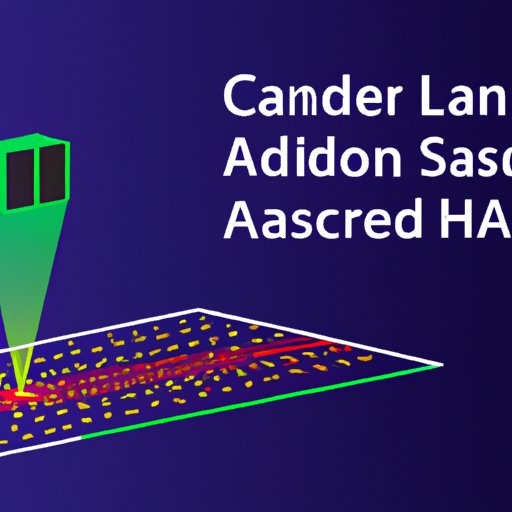Introduction
Lidar is an acronym for Light Detection and Ranging. It is a remote sensing technology that uses laser light pulses to measure ranges (distances) and other characteristics of the environment. Lidar has been used for decades in various applications such as surveying and mapping, 3D modeling, and autonomous vehicle navigation. In this article, we will explore how lidar works and examine its advantages, limitations, and potential applications.
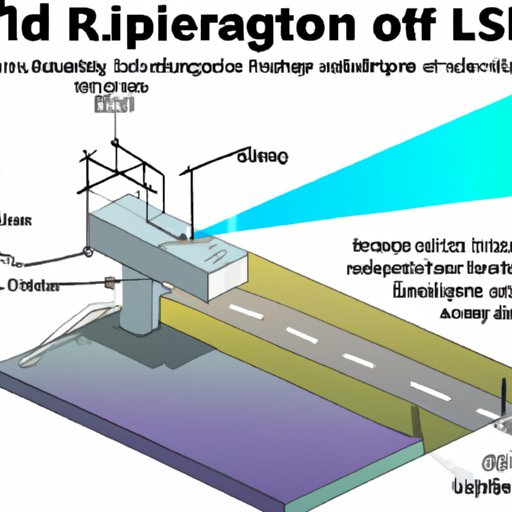
An Overview of How Lidar Works
Lidar systems use laser pulses to measure distances and detect features in the environment. The system emits laser pulses in a wide range of directions and measures the time it takes for the pulse to return to the receiver. By measuring the time of flight, the system can calculate the distance between the source and the target. This data is then used to create a 3D map of the environment.
Exploring the Fundamentals of Lidar Technology
Lidar has many uses, including surveying and mapping, 3D modeling, and autonomous vehicle navigation. It is also used for environmental monitoring, geological exploration, and forestry management. Lidar systems come in a variety of configurations, from handheld devices to complex airborne systems. Different types of lidar technologies exist, such as topographic lidar, bathymetric lidar, and waveform lidar.
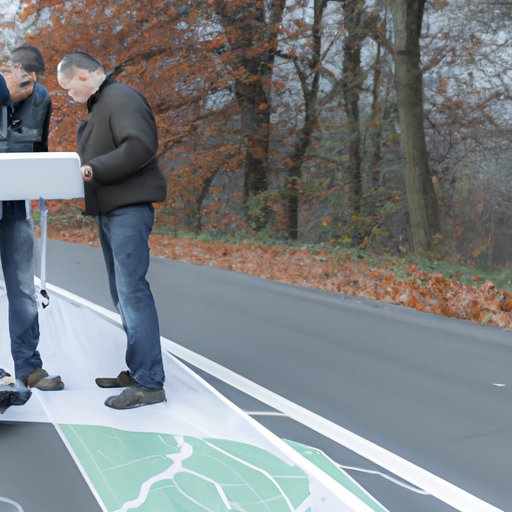
Examining the Advantages of Using Lidar
Lidar is a powerful tool that has many advantages over traditional surveying methods. One key benefit is its accuracy in collecting data. According to a study by the National Research Council, “In comparison to traditional surveying methods, lidar can produce much more accurate results with much less effort.” Furthermore, lidar is versatile in its application, allowing it to be used in a variety of scenarios. Finally, lidar systems are cost-efficient, making them accessible to a wide range of users.
A Deeper Look into the Components of a Lidar System
A typical lidar system consists of a laser scanner, a positioning system, and a receiver. The laser scanner emits laser pulses at a predetermined rate. The positioning system tracks the location of the scanner and the receiver collects the reflected signals. This data is then used to create a 3D map of the environment.
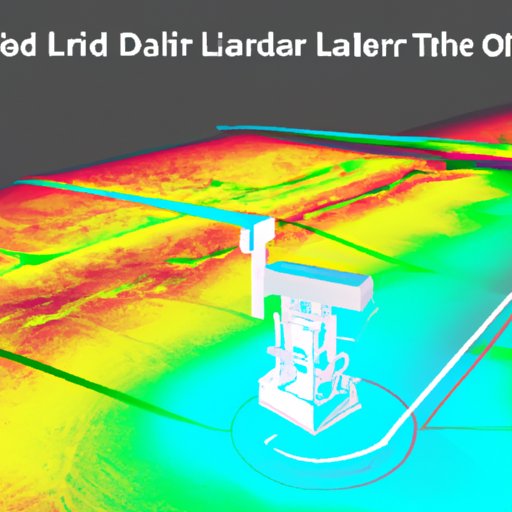
The Applications and Benefits of Lidar
Lidar is being used in a variety of applications, most notably autonomous vehicles. Autonomous vehicles rely on lidar to detect obstacles in their path and navigate safely around them. Additionally, lidar is being used to create high-resolution maps for surveying and mapping purposes. Lidar can also be used for 3D modeling, allowing for the creation of detailed models of buildings, bridges, and other structures.
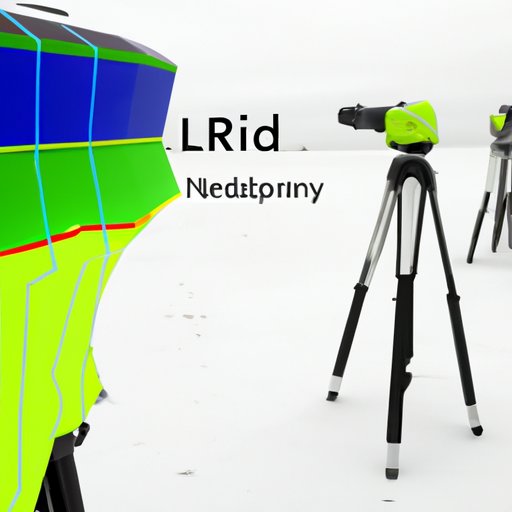
Understanding the Limitations of Lidar
Although lidar is a powerful tool, it does have some limitations. One major limitation is atmospheric interference, which can cause the laser pulses to scatter or be absorbed by the atmosphere. Additionally, lidar can suffer from occlusion, where objects may be hidden behind walls or other obstacles. Finally, lidar systems have limited range and resolution, which can limit the accuracy of the data collected.
Exploring the Future of Lidar Technology
As lidar technology continues to advance, its applications will become even more widespread. Autonomous vehicles are expected to become increasingly reliant on lidar, as advances in the technology allow for improved obstacle detection and navigation. Additionally, the quality of data collected by lidar systems is expected to improve, as range and resolution are increased. Finally, lidar is expected to become more cost-effective, allowing for wider adoption of the technology.
Conclusion
Lidar is a powerful tool that can be used for a variety of applications. It has many advantages over traditional surveying methods, such as accuracy, versatility, and cost-efficiency. Additionally, lidar systems are composed of several components, such as a laser scanner, a positioning system, and a receiver. Its applications are broad, ranging from autonomous vehicles to 3D modeling. Finally, lidar does have some limitations, such as atmospheric interference, occlusion, and range limitations. As lidar technology continues to develop, these limitations will be addressed, allowing lidar to become even more powerful and widely used.
(Note: Is this article not meeting your expectations? Do you have knowledge or insights to share? Unlock new opportunities and expand your reach by joining our authors team. Click Registration to join us and share your expertise with our readers.)
